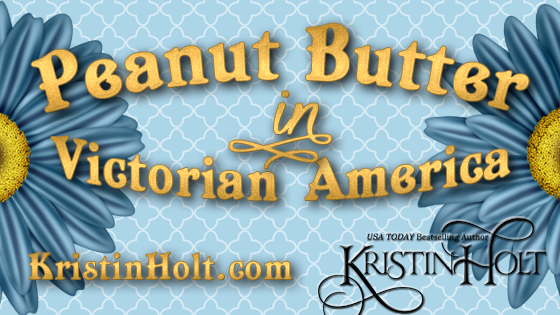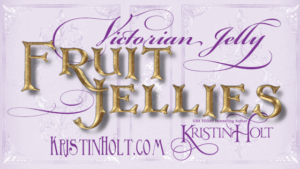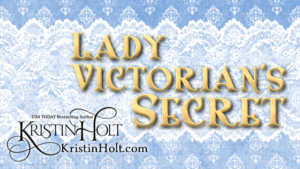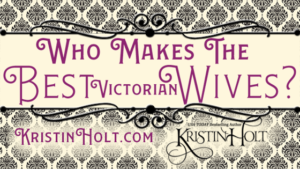Peanut Butter in Victorian America
Peanut Butter in Victorian America… that is to say, A Victorian Canadian Invention.
.

.
Although I recall stories of peanut butter (P.B.) in history, it’s possible they’re fictional.
The more I learn, the more I view history books with skepticism. Despite improvements in recent decades to fairly represent historical happenings, “facts” are often prejudiced and distorted. For example, I was taught George Washington Carver invented peanut butter (false!).
How can we know what is TRUE about P.B. history and what is not? Primary sources seem trustworthy, yet newsmen lied (or believed false information) in the 1870s as they do today. In addition, some publications liberally created news when weather disasters prevented transmission of legitimate news. Nevertheless, it’s possible to construe answers based upon myriad vintage sources.
.

.

.
Is P.B. a 19th Century Development, Or Not?
To verify, I’ll share several newspaper clippings from vintage publications and the original United States Patent for peanut butter.
.
Farmers grew goober peas in the United States
.
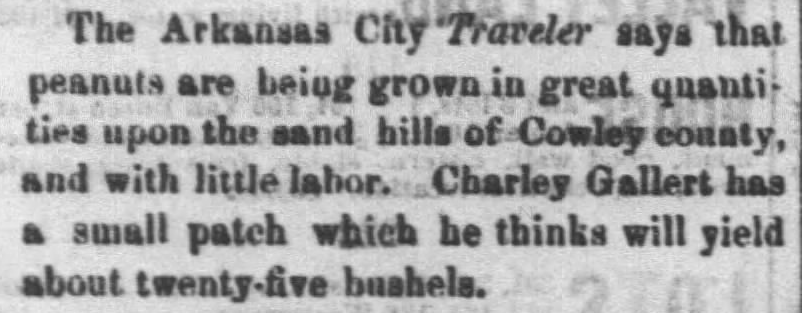
Peanuts grown in Arkansas City, Kansas, published in The Daily Commonwealth of Topeka, Kansas on August 23, 1871.
.
Featured at the U.S. Universal Exposition
.
Peanut butter was first sold in the United States at the Universal Exposition in St. Louis by C.H. Sumner. He sold $705.11 of the “new treat” at his concession stand.
.
~ National Day Calendar: National Peanut Butter Lover’s Day- March 1
.
The Universal Exposition in St. Louis was an annual fair hosted by the St. Louis Agricultural and Mechanical Association, 1855 through 1902. As preparations were underway for the 1904 World’s Fair (also in St. Louis), this annual fair closed. [Paraphrased from Wikipedia: Saint Louis Exposition]
.
19th Century Inventors
.
… Modern peanut butter, its process of production and the equipment used to make it, can be credited to at least three inventors.
.
In 1884 Marcellus Gilmore Edson of Canada patented peanut paste, the finished product from milling roasted peanuts between two heated surfaces. In 1895 Dr. John Harvey Kellogg (the creator of Kellogg’s cereal) patented a process for creating peanut butter from raw peanuts. He marketed it as a nutritious protein substitute for people who could hardly chew on solid food. In 1903, Dr. Ambrose Straub of St. Louis, Missouri, patented a peanut-butter-making machine.
.
.
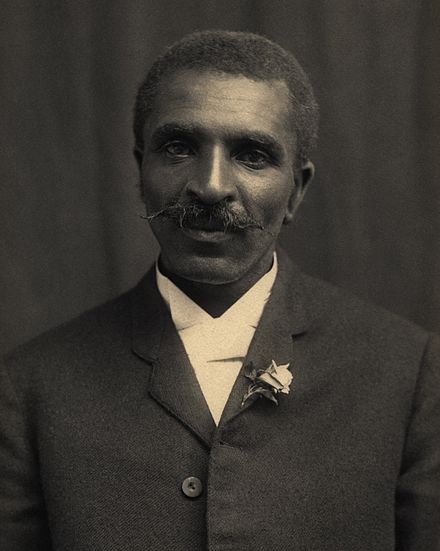
Photograph of George Washington Carver. Canadian pharmacist Marcellus Gilmore Edson was granted a US Patent for peanut butter manufacturing. When? 12 years before George Washington Carver began his famous work. [Source: Reddit]
.
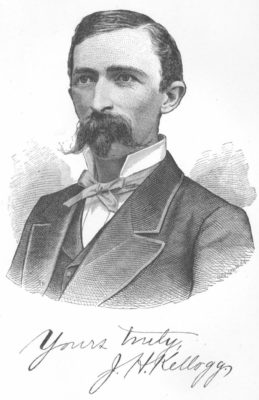
John Harvey Kellogg, M.D. (pictured h ere at about 29 years of age). Kellogg was an also a nutritionist, inventor, health activist, and businessman. “Kellogg is best known today for the invention of the breakfast cereal corn flakes, with his brother, Will Keith Kellogg.” (Image: Public Domain) [source: Wikipedia]
.
United States Patent No. 306727
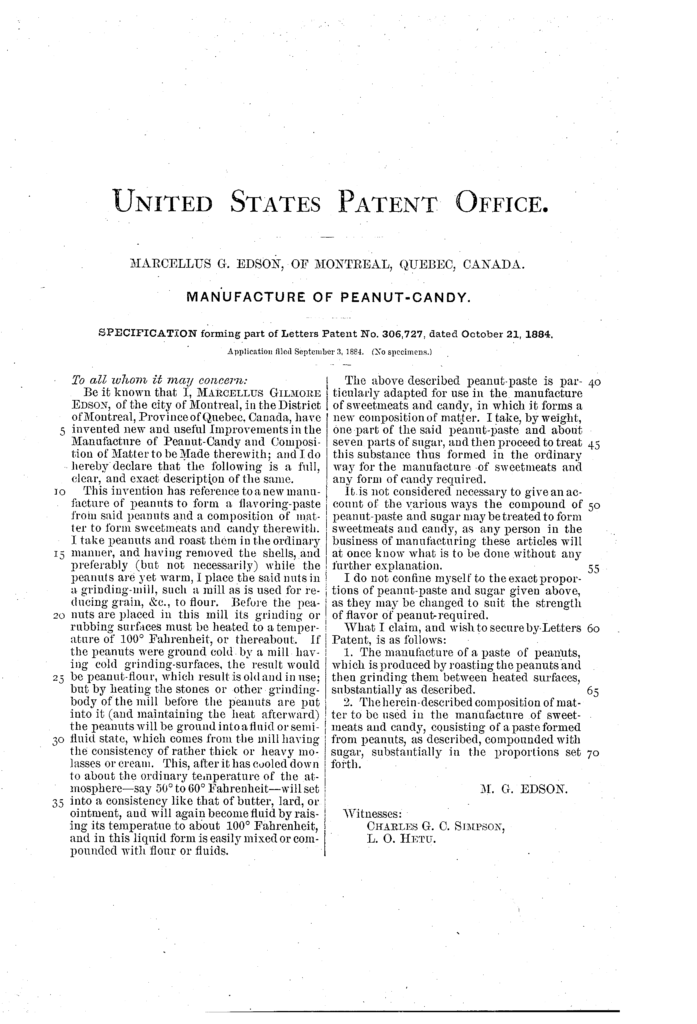
Image: United States Patent No. 306727, for the method of creating peanut butter, awarded to Marcellus G. Edson of Montreal, Quebec, Canada (1884).
.
These original sources answer the question with a YES.
Yes, peanut butter belongs in Victorian America. Or perhaps to Victorian America. (At least as far as these samples suggest.) Peanut Butter in Victorian America.
.
![]()
.
Educating Housewives about Peanuts (1897)
.
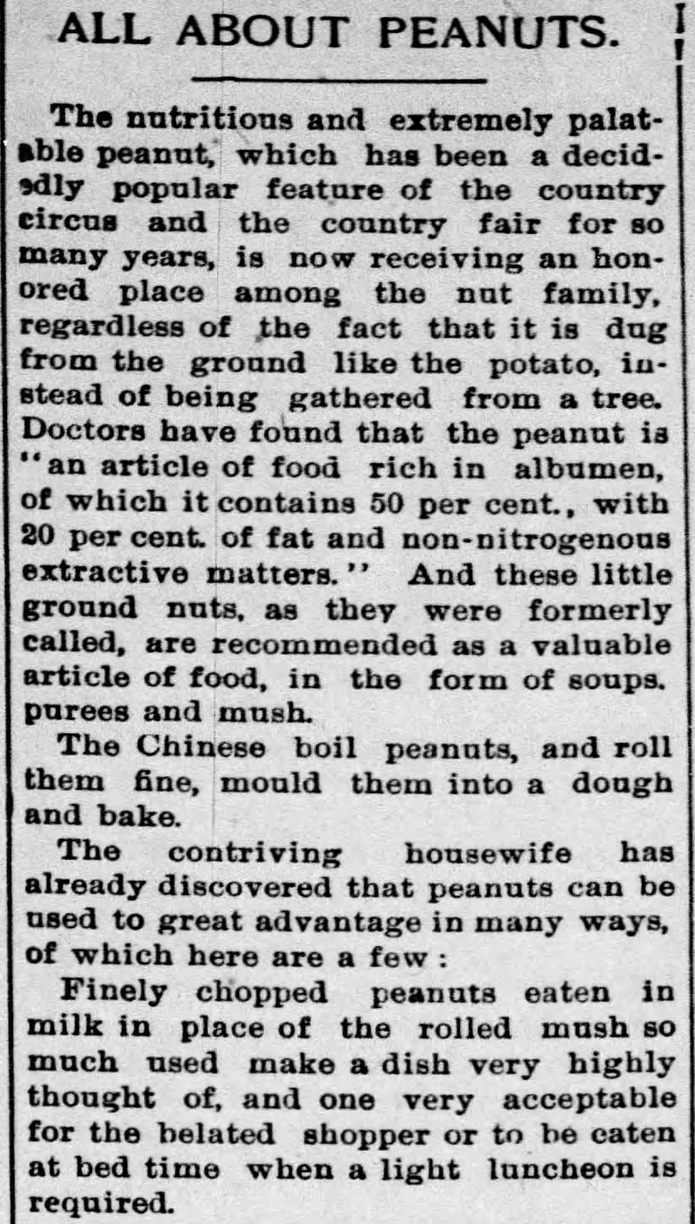
1 of 8). All About Peanuts, published in The Ozark County News of Gainesville, Missouri on February 11, 1897.
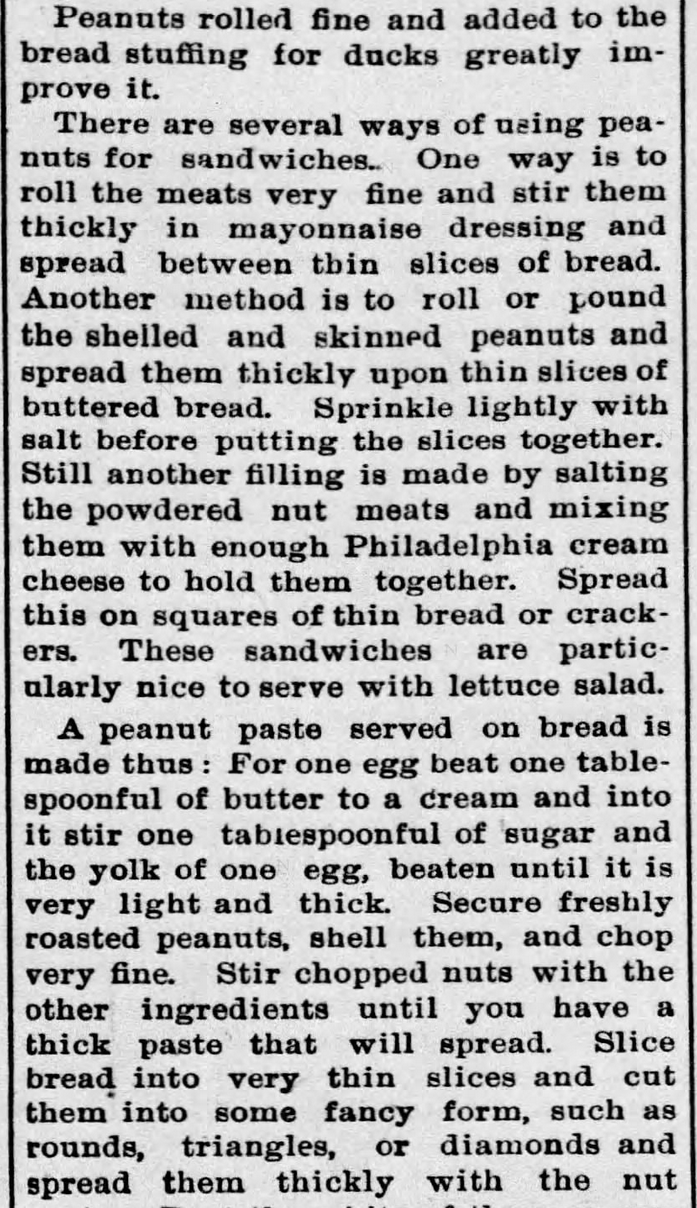
2 of 8). All About Peanuts, published in The Ozark County News of Gainesville, Missouri on February 11, 1897.
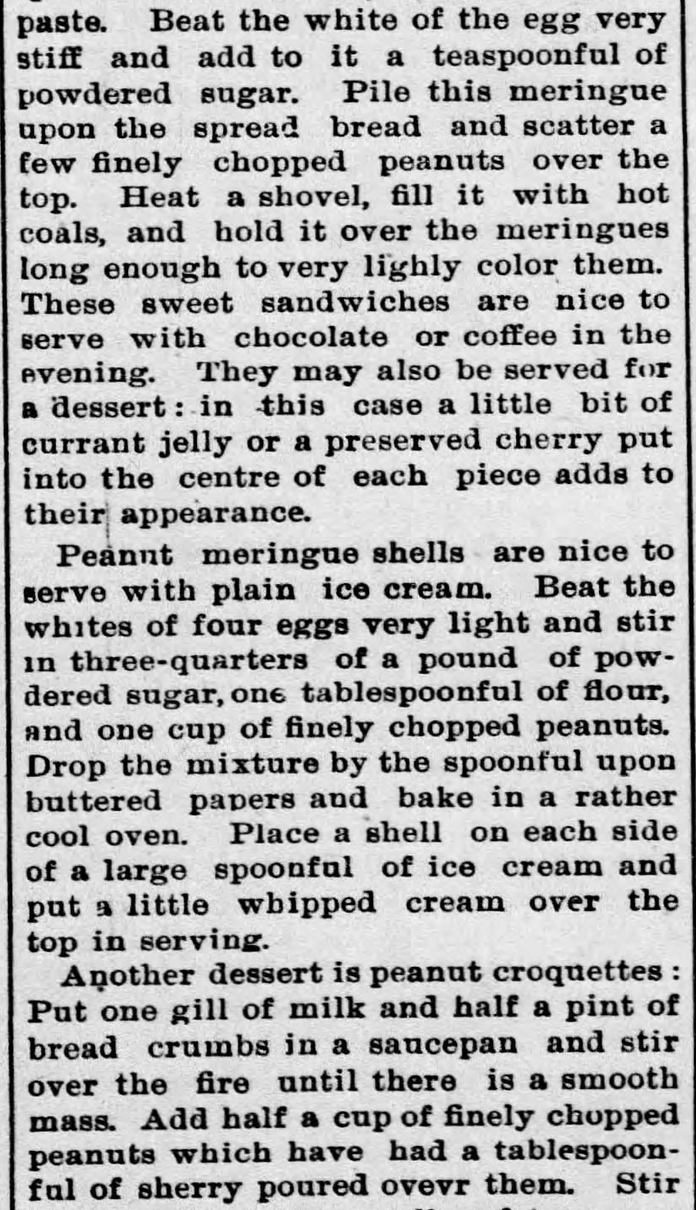
3 of 8). All About Peanuts, published in The Ozark County News of Gainesville, Missouri on February 11, 1897. (Peanut paste recipe continued, peanut meringue shells, and peanut croquettes)
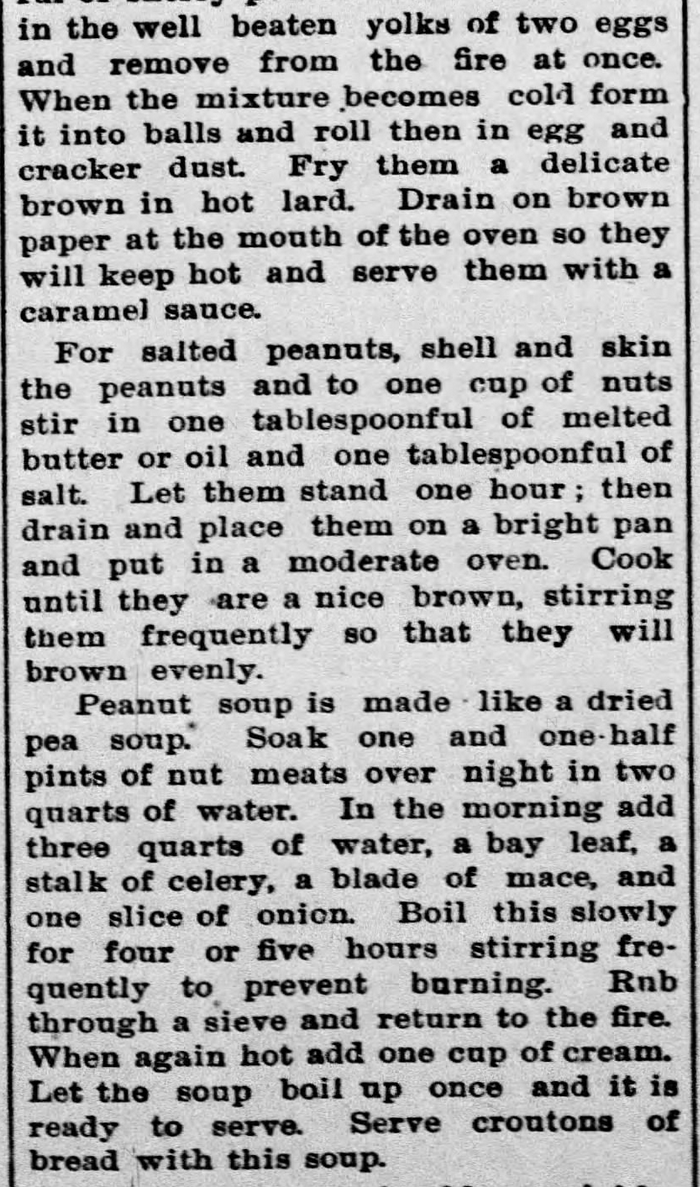
4 of 8). All About Peanuts, published in The Ozark County News of Gainesville, Missouri on February 11, 1897. (Peanut croquettes recipe continued, salted peanuts, and peanut soup recipe)
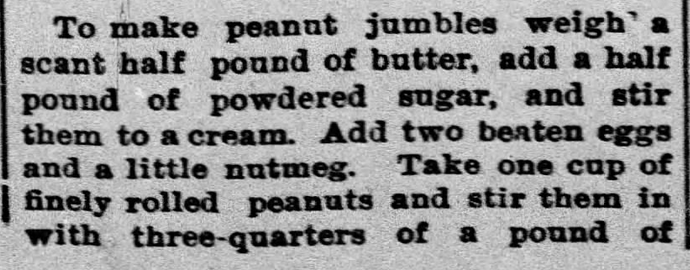
5 of 8). All About Peanuts, published in The Ozark County News of Gainesville, Missouri on February 11, 1897. (peanut jumbles recipe)
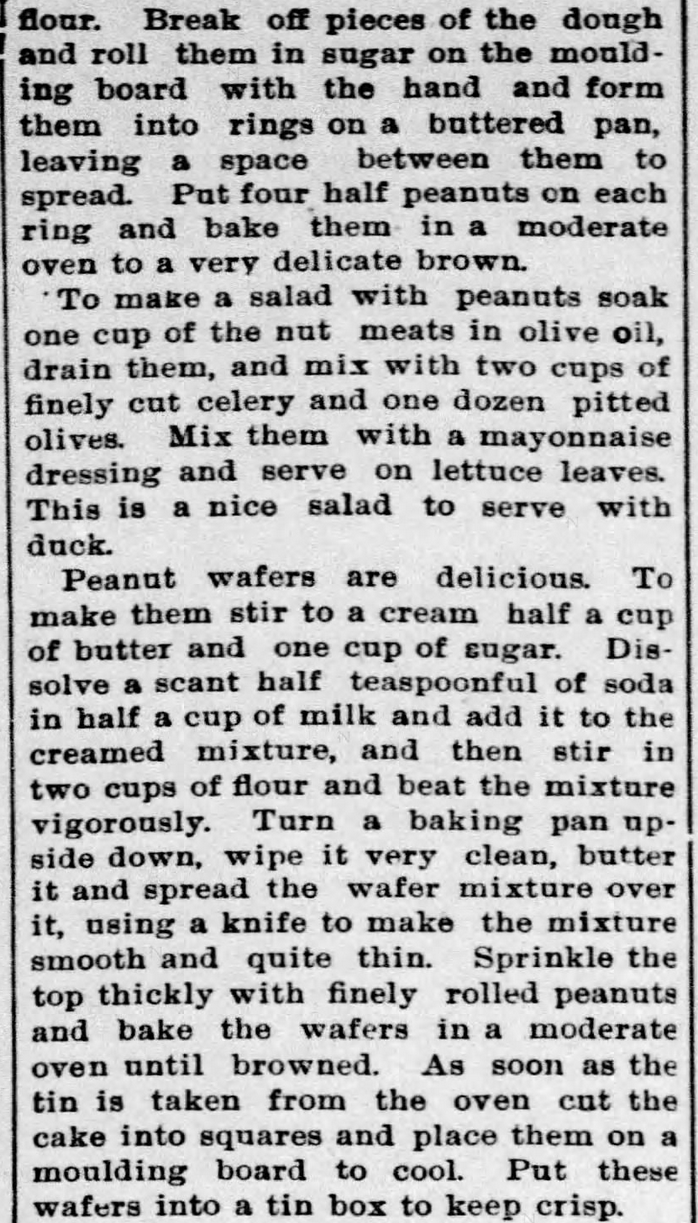
6 of 8). All About Peanuts, published in The Ozark County News of Gainesville, Missouri on February 11, 1897. (a mayonnaise-based peanut salad, peanut wafers recipe)
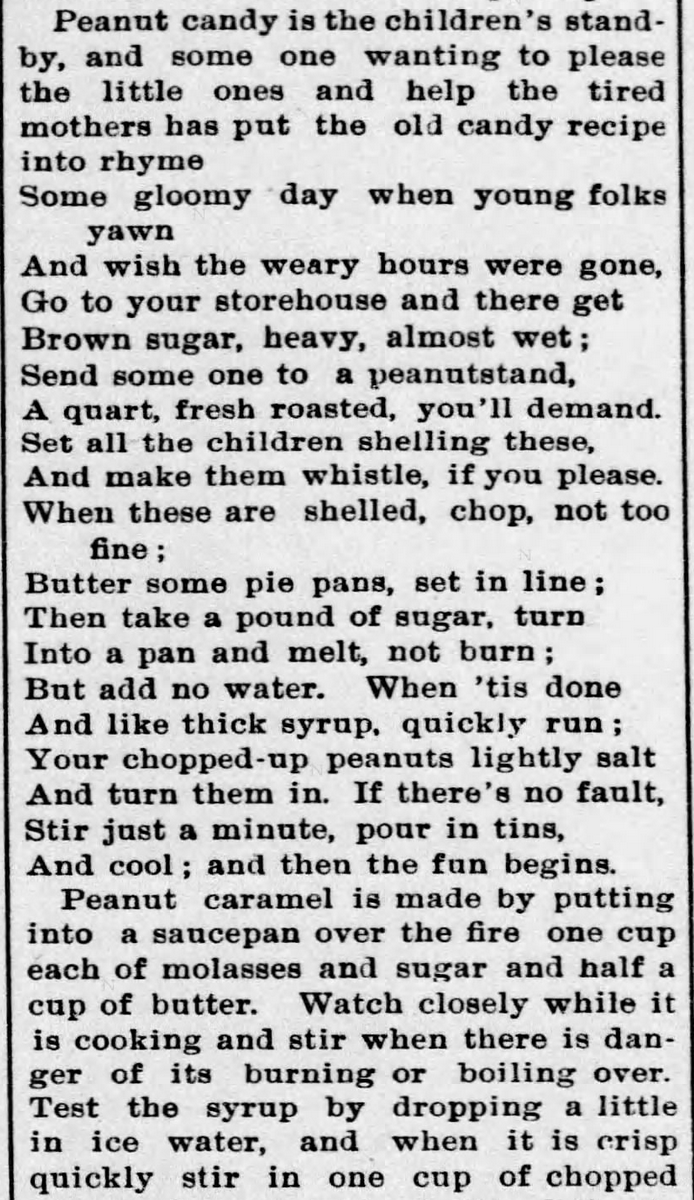
7 of 8). All About Peanuts, published in The Ozark County News of Gainesville, Missouri on February 11, 1897. (peanut candy, peanut caramel)
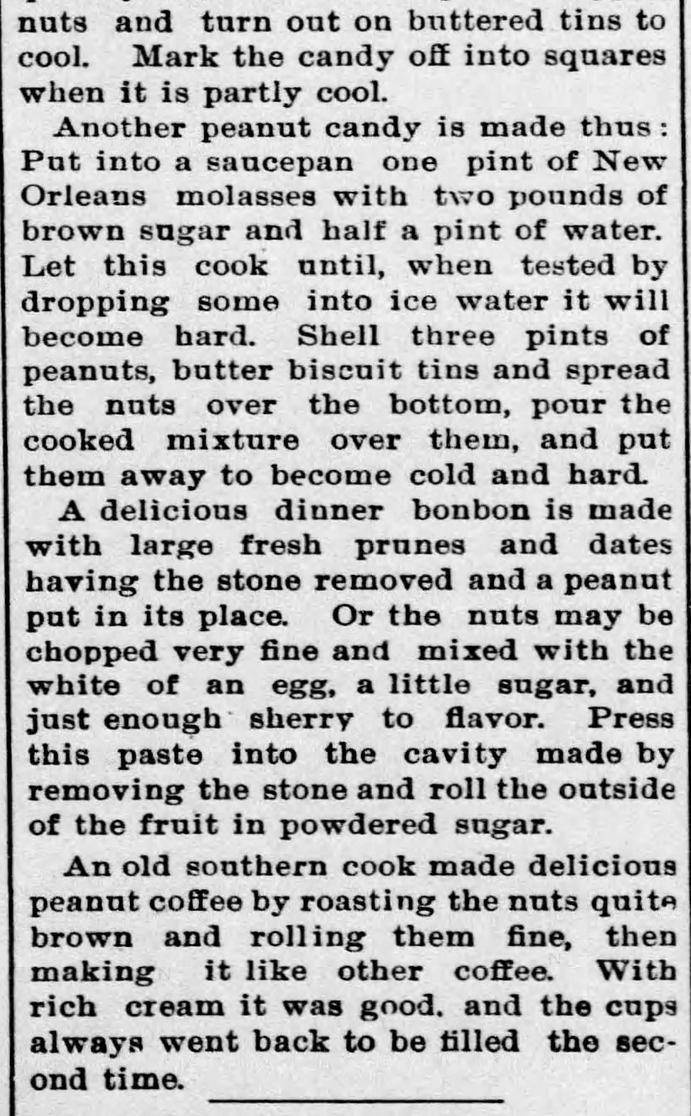
8of 8). All About Peanuts, published in The Ozark County News of Gainesville, Missouri on February 11, 1897. (another peanut candy, dinner bonbon, peanut coffee [a coffee substitute!])
.
![]()
.
Uses for the Goober Pea
.
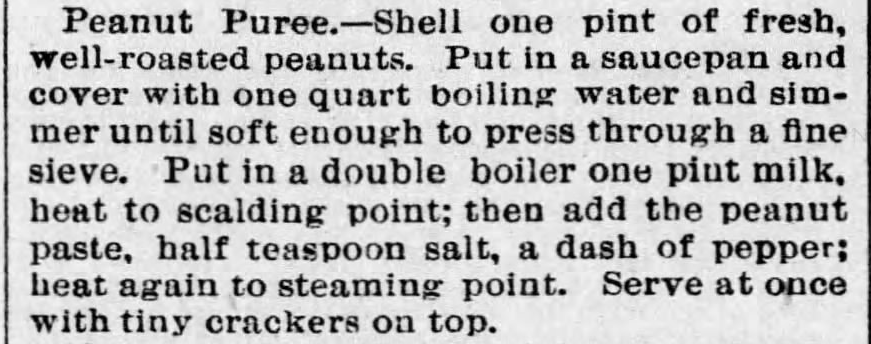
Peanut Puree Recipe, published in The Baltimore Sun of Baltimore, Maryland on October 10, 1894.
.

Peanut Sandwiches, The Buffalo-Enquirer of Buffalo, New York on January 3, 1895.
.
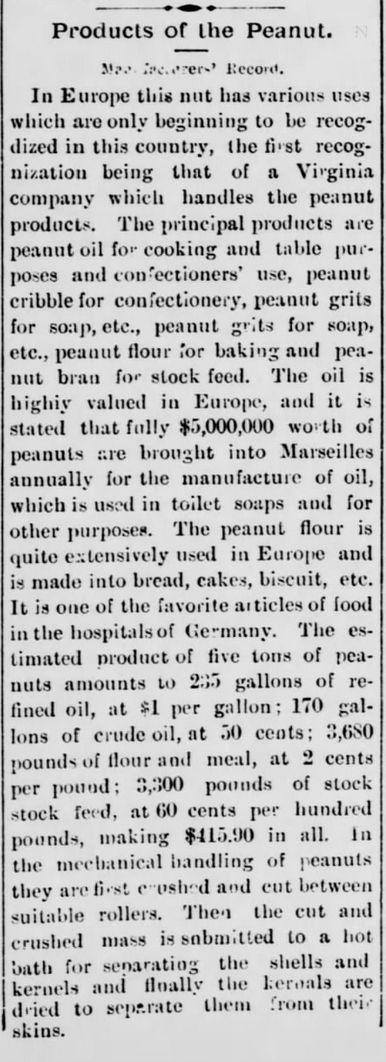
Products of the Peanut, The Washington Standard of Olympia, Washington on November 11, 1898.
.
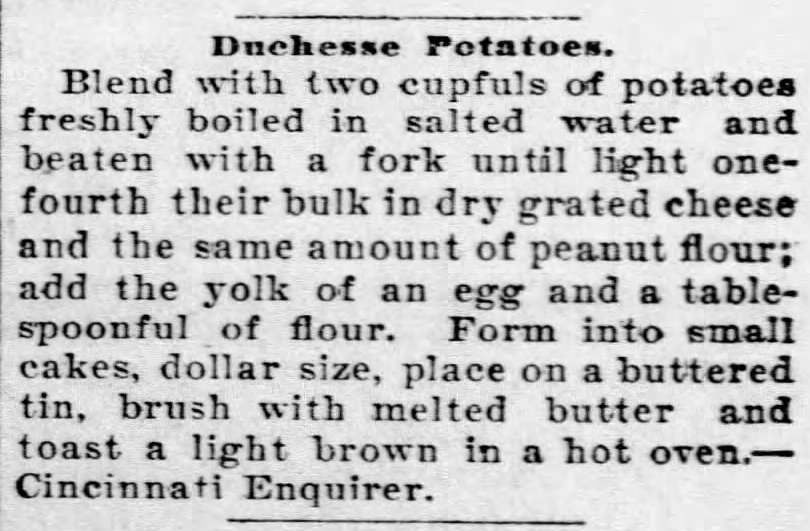
Recipe for Duchesse Potatoes using Peanut Flour. The Kansas Patron of Olathe, Kansas on December 1, 1898.
.
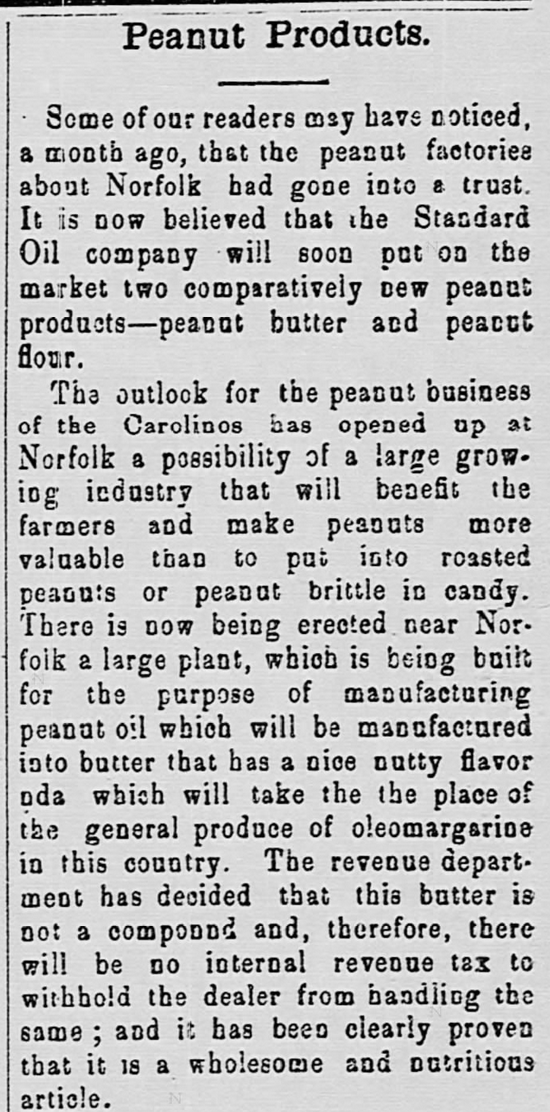
Peanut Products, part 1 of 2. The Watchman and Southron of Sumter, South Carolina on April 19, 1899. (Note the mention: “…general produce of oleomargarine in this country.” Yes! Oleomargarine began in the mid-nineteenth century.)
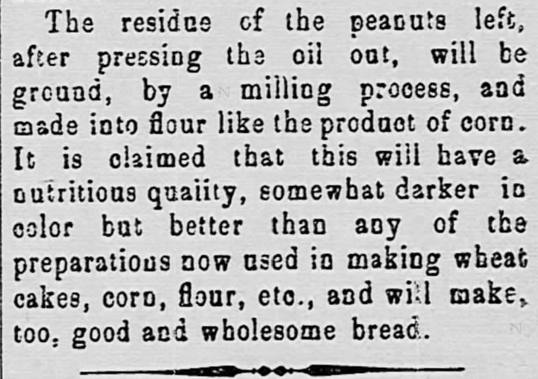
Peanut Products, Part 2 of 2. The Watchman and Southron of Sumter, South Carolina on April 19, 1899.
.
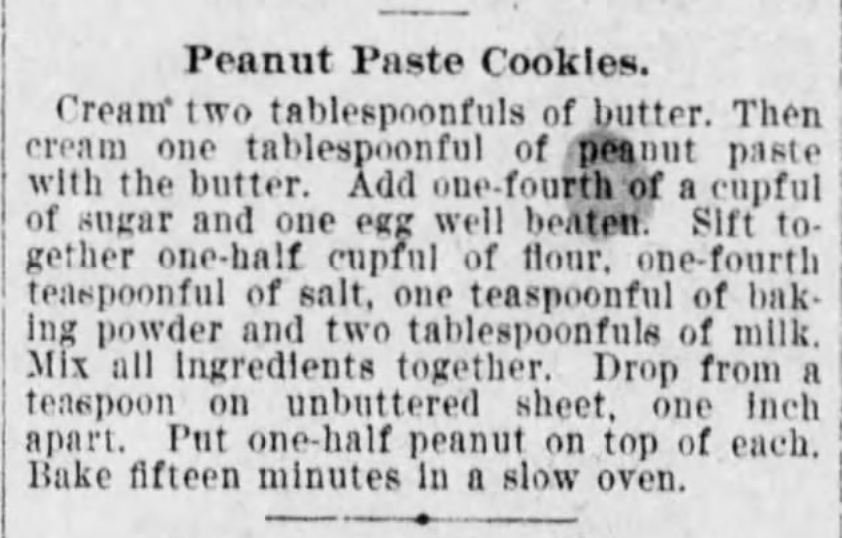
Recipe: Peanut Paste Cookies, published in The Times of Philadelphia, Pennsylvania on February 3, 1900.
.
…and buy it commercially prepared
.
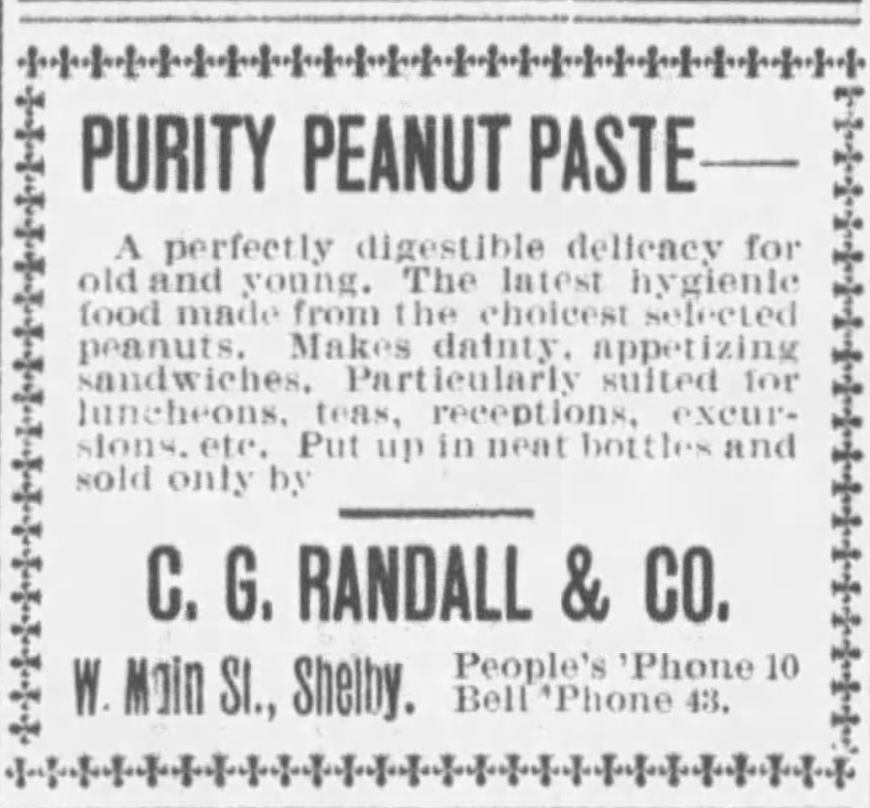
Purity Peanut Paste advertised in News-Journal of Mansfield, Ohio on March 30, 1900.
.
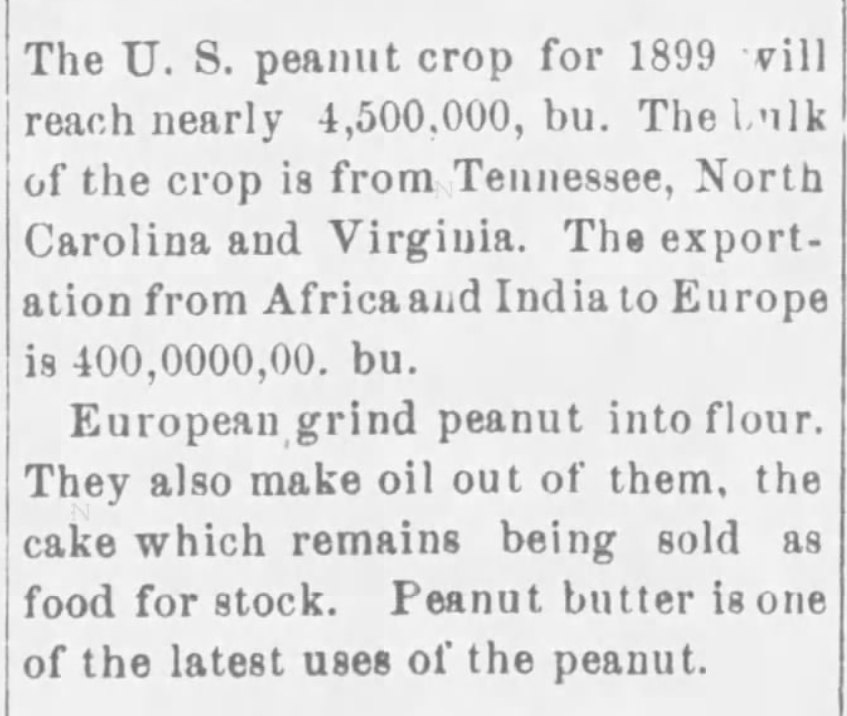
Peanut Uses, referencing the United States crop in 1899, where the bulk of the crop is from Tennessee, North Carolina, and Virginia. Melvin Transcript of Melvin, Illinois on May 18, 1900.
.
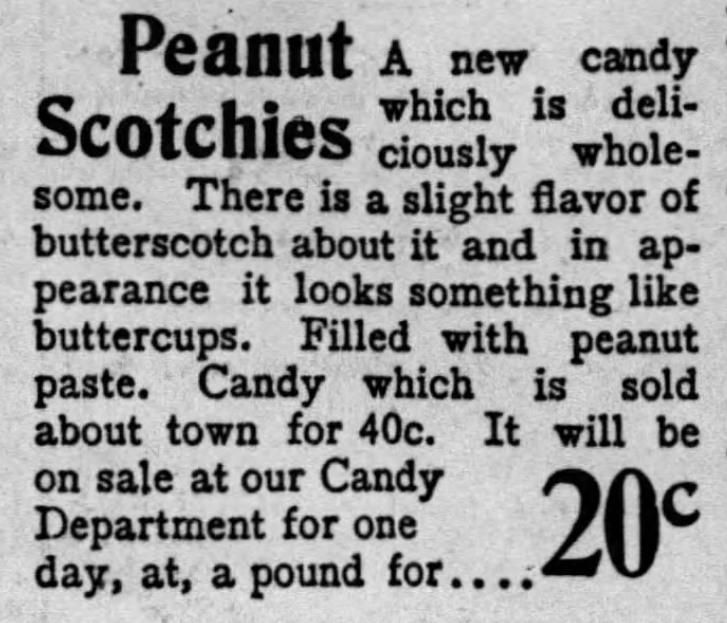
Peanut Scotchies Candy, advertised in The Los Angeles Times of Los Angeles, California on June 16, 1900.
.
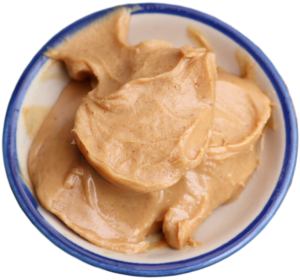
.
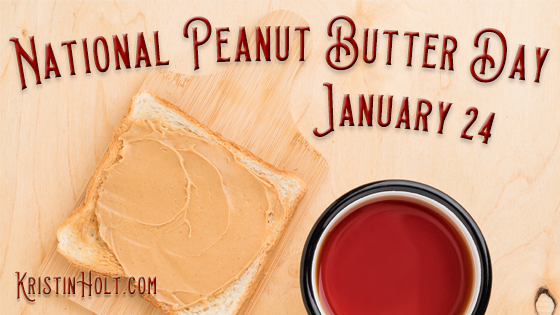
January 24: Wikipedia
United States National P.B. Day
.
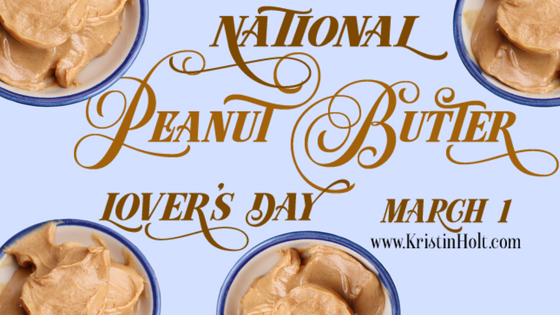
March 1: National Day Calendar
National P.B. Lover’s Day
.
Which would you acknowledge?
National Peanut Butter Day? Or National Peanut Butter Lover’s Day? In other words, are you a P.B. fan?
Invitation: Scroll down, by all means, and reply.
.
![]()
.
Other “National Days”
.
January 27: National Chocolate Cake Day, as an illustration.
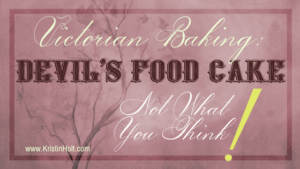
February 23: National Banana Bread Day, indeed.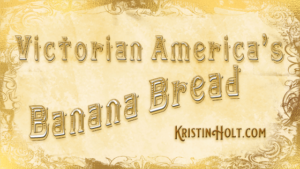
April 7: National Coffee Cake Day, in addition.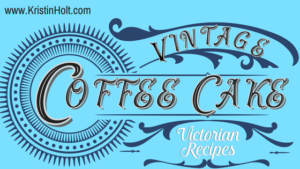
April 23: World Book and Copyright Day, accordingly.

aApril 30: National Oatmeal Cookie Day, as an example.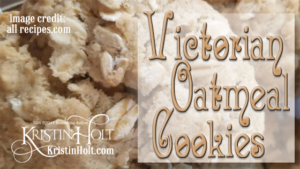
June 5: National Gingerbread Day, in other words.
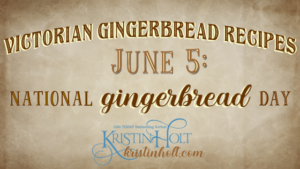
June 20: National Ice Cream Soda Day
, 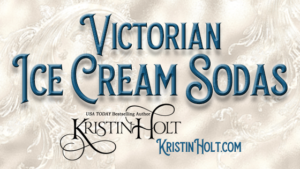 to clarify.
to clarify.
July 6: International Kissing Day, albeit.

July 6: National Fried Chicken Day, after all.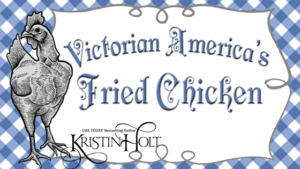
jJuly 9: National Sugar Cookie Day, as an illustration.
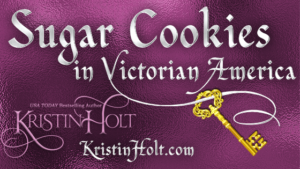
July 30: National Cheesecake Day, at the same time.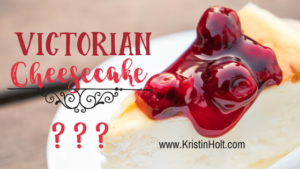
September 17: National Apple Dumpling Day, to demonstrate.

October 13: National Yorkshire Pudding Day, most importantly.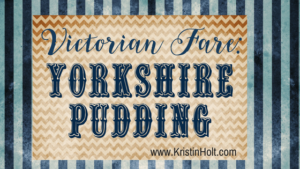
November 26: National Cake Day, on the other hand.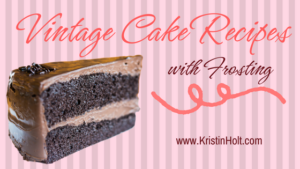
December 4: National Cookie Day, on the contrary.
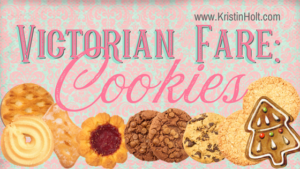
December 30: National Bicarbonate of Soda Day, nevertheless.
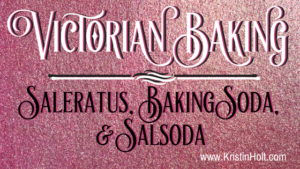
Don’t forget the Jelly!
Updated July 2022
Copyright © 2018 Kristin Holt LC

